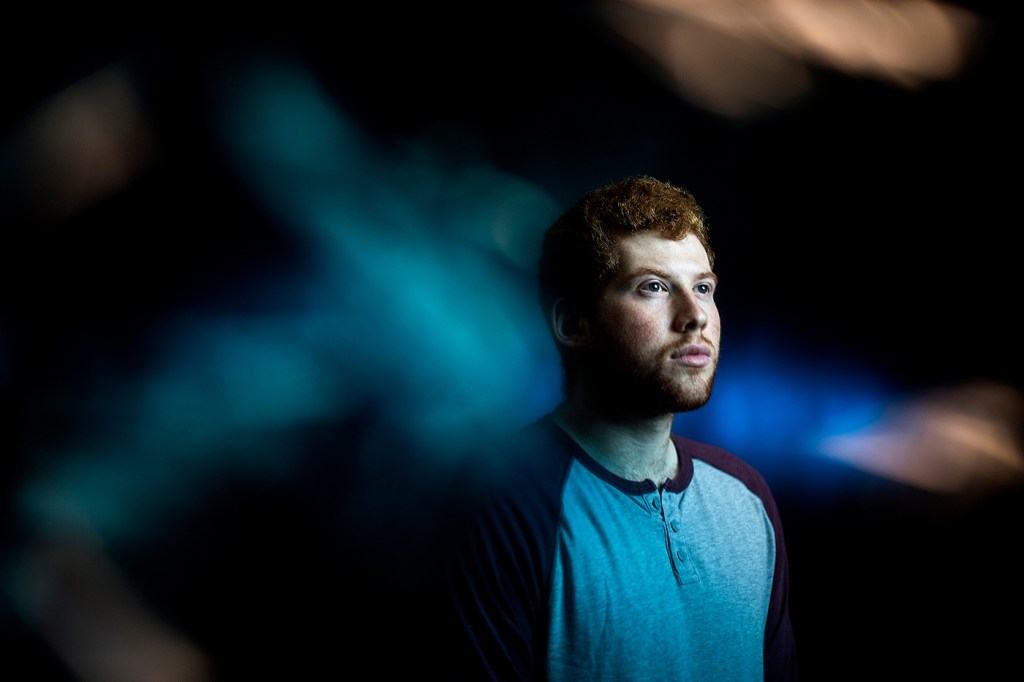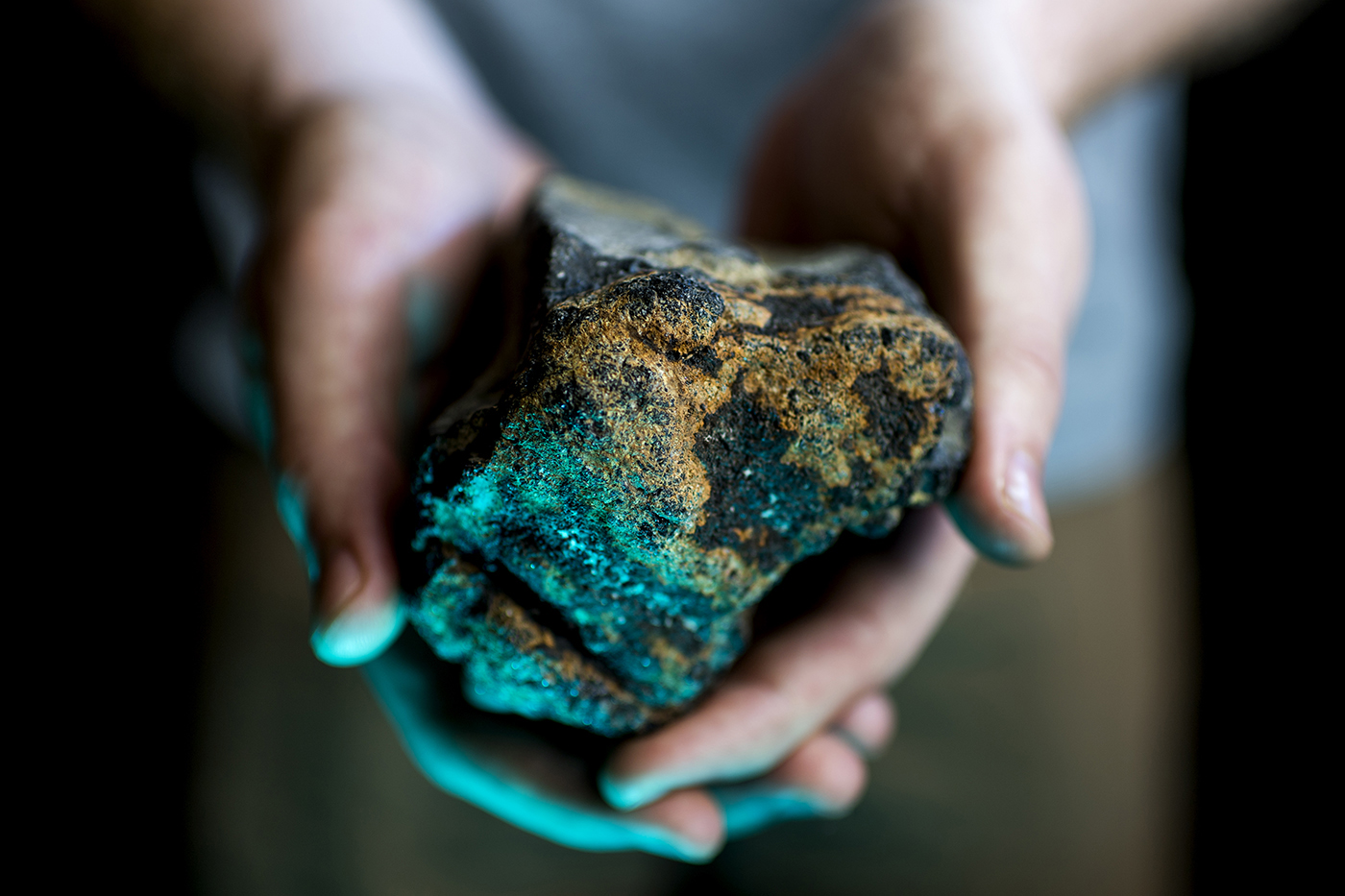A voyage to the bottom of the sea in search of exploding rocks

When Northeastern student Harry Brodsky went 3,300 meters beneath the surface of the ocean in the deep-sea submarine Alvin, he wasn’t scared of the dark, he didn’t feel claustrophobic, but he was bummed that he couldn’t bring potato chips to snack on.
“They’re really strict about fire safety on the submarine, so we couldn’t bring anything that was even a little bit flammable,” he said. “I guess potato chips are too greasy.”
Brodsky is a fifth-year student studying geology, physics, and mechanical engineering, and rare rocks are his specialty. In 2017, he did a co-op at Woods Hole Oceanographic Institute where he studied deep-sea rocks. So, this May, when the institute invited him on a month-long research cruise of an underwater volcano, he gladly accepted.
Brodsky spent most of the 30 days at sea aboard a multi-story research vessel off the coast of Brazil. The crew’s mission was to collect and examine rocks from the mid-Atlantic ridge, an underwater mountain range that extends from pole to pole. To reach it, crew members took a submarine nearly two miles down to the ocean floor. Brodsky, who had never been in a submarine before, was asked to join the crew for a day.
I think they asked me to go down in the submarine because they knew I could spot the rocks that we needed. I worked with them for so long when I was at Woods Hole, so I knew what we were looking for.
Harry Brodsky, Northeastern student
While they were at the ridge, the sub collected 200 pounds of “popping rocks,” rocks that are filled with gas bubbles that burst when they get to the surface because of the change in pressure.
The point of the crew’s expedition was to better understand carbon levels in the earth’s mantle, the layer of the planet just below the surface. These rocks are important because the bubbles inside them contain gas that can be tested for carbon.
“I think they asked me to go down in the submarine because they knew I could spot the rocks that we needed,” Brodsky said. “I worked with them for so long when I was at Woods Hole, so I knew what we were looking for.”
He spent a total of eight hours in the submarine. On the way down, he said the crew kept the lights off to conserve energy. “You’re only sinking for a few minutes, and it gets completely black, but then all of a sudden out the window we could see these bioluminescent plankton, which are these little blue organisms that light up like fireflies.”
They turned on the lights when they got to the ocean floor, and when Brodsky finally saw the ridge in real life, he said he couldn’t believe it. “It’s funny, I’ve been studying the mid-ocean ridge for years, but when I got there, it was so much bigger than I expected,” he said. “Sure I knew that it was 10 kilometers across, but I had no idea what that meant until I saw it.”

He made the descent with two other people, a senior scientist and the sub’s pilot, and he said it was pretty cramped, hardly room for three people, let alone a toilet. “We had to pee in bottles,” he said.
The submarine spent five hours on the bottom. The crew used that time to take photos, make notes, pick up rocks, and enjoy a fireproof lunch of peanut butter and jelly sandwiches and Kit Kats.
Brodsky wasn’t nervous to be miles under water, but he said he was anxious that he would mess up in front of the other scientist on board. “There’s a really high likelihood that I’ll apply to some of the graduate schools where my colleagues work as professors, so I really wanted to impress them,” he said.
For the other 29 days of his trip, Brodsky spent his time on the ship doing research. When he wasn’t working, he was reading books or playing pingpong. “Pingpong is very serious on the ship,” he said, adding, “There’s no internet.”




